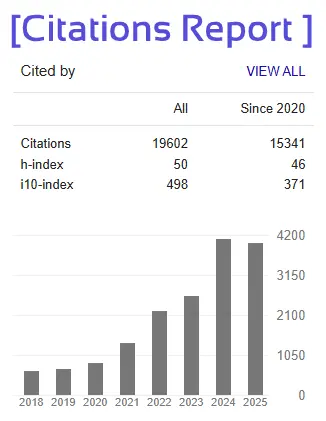Two -Way Communication Using Avatars
1Ms. Samreen Begum
Assistant Professor, Department of Computer Science and Engineering Vignan’s Institute of Management and Technology for Women, Hyd.
Email: samreen15101997@gmail.com
3Boddupally Hema
UG Student, Department of Computer Science and Engineering Vignan's Institute of Management and Technology for Women, Hyd.
Email: boddupallyhema255@gmail.com
2 Puram Reena
UG Student, Department of Computer Science and Engineering Vignan's Institute of Management and Technology for Women, Hyd.
Email: reenapuram5b1@gmail.com
4Motar Bhargavi
UG Student, Department of Computer Science and Engineering Vignan's Institute of Management and Technology for Women, Hyd.
Email: bhargavi26102003@gmail.com
Abstract— Deaf and hard-of-hearing individuals primarily rely on sign language, which involves specific hand movements, body language, and facial expressions to communicate. However, inclusivity for this community is still lacking in various sectors, especially in educational institutions like schools and colleges. Students who are hearing-impaired often face difficulties in expressing themselves or understanding lessons in traditional classroom environments, which can lead to feels isolated. In recent years, the development of virtual avatar technology has opened new possibilities for improving communication accessibility. Sign language dictionaries today often incorporate video or animated avatar demonstrations of signs, which are more intuitive and easier to understand than static images. Some also use sign writing notations, allowing gestures to be stored in a textual format that can later be converted into visual signs using avatars. This project aims to generate sign language gestures using animated avatars. These avatars can be implemented in educational tools to help hearing individuals learn and understand sign language, making two-way communication more effective. With this technology, hearing-impaired students can participate more actively in classroom discussions, while their peers and teachers can better comprehend their input. Ultimately, this approach supports the inclusion of deaf and hard-of-hearing individuals in mainstream education and promotes equal learning opportunities.
Keywords - Mediapipe hand tracking, pyttsx3 speech engine, HamNoSys notation system, SiGML (Sign Gesture Markup Language)







